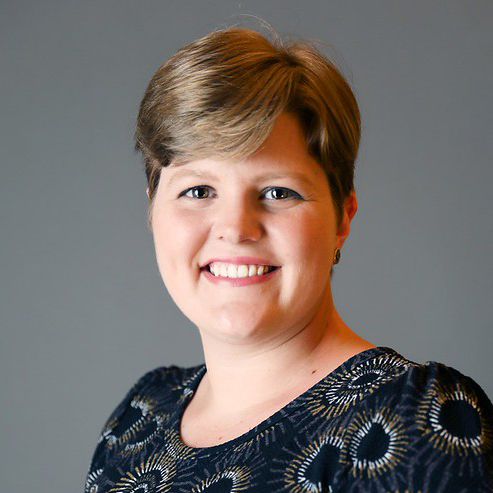
For many new grantees and seasoned principal investigators, nothing is more daunting than an email from Research.gov titled “Annual Project Report Is NOW DUE.” In this blog post, I will help tackle the challenge of writing the annual project report by highlighting the strategy Columbus State Community College has developed for effectively writing annual reports and discussing why this strategy also serves as a planning and feedback tool.
Columbus State’s strategy for Advanced Technological Education (ATE) annual reporting developed organically, with input and collaboration from faculty, staff, and external evaluators, and is based on three key components:
- shared knowledge of reporting requirements and format,
- a structured annual reporting timeline, and
- best-practice sharing and learning from past experience.
This three-pronged approach was utilized by four ATE projects during 2017 and builds on the old adage that “you only get out what you put in.” The key to annual reporting, which also serves as an important planning and feedback tool, is the adoption of a structured annual reporting timeline. The 10-week timeline outlined below ensures that adequate time is dedicated to writing the annual report. The timeline is designed to be collaborative and spur discussion around key milestones, lessons learned, and next steps for revising and improving project plans.
PREPARE
Week 1: Communicating Reporting Requirements
- Review the annual reports resource guide, the project reports template, and previous annual reports.
- Assign roles and share the reporting timeline with the project team and your evaluator.
Weeks 1-3: Planning and Data Collection
- All team members should actively participate in the planning and data collection phase.
- Project teams should collect a wide breadth of information related to project achievements and milestones. Common types of information collected include individual progress updates, work samples, project work plans and documentation, survey and evaluation feedback, and project metrics.
Week 4: Group Brainstorming
- Schedule a 60- to 90-minute meeting that focuses specifically on brainstorming and discussing content for the annual report. Include all project team members and your evaluator.
- Use the project reports template to guide the conversation.
WRITE
Weeks 5-6: First Draft Writing and Clarification Seeking
- All information is compiled by the project team and assembled into a first draft.
- It may be useful to mirror the format of a grant proposal or project narrative during this phase to ensure that all project areas are addressed and considered.
- The focus of this stage is ensuring that all information is accurately captured and integrated.
REVISE
Week 7: First Draft Review
- First drafts should be reviewed by the project team and two to three people outside of the project team.
- Including individuals from both inside and outside of the project team will help ensure that useful content is not omitted and that content is presented in an accessible manner.
Weeks 8-9: Final Revisions
- Feedback and comments are evaluated and final revisions are made.
Week 10: Annual Report Submission
- The final version of the annual report, with appendices and the evaluation report, is uploaded and submitted through Research.gov.
For additional information about Columbus State’s writing tips, please view our full white paper.
Read more from the community here.

Except where noted, all content on this website is licensed under a Creative Commons Attribution-NonCommercial-ShareAlike 4.0 International License.





 EvaluATE is supported by the National Science Foundation under grant numbers 0802245, 1204683, 1600992, and 1841783. Any opinions, findings, and conclusions or recommendations expressed on this site are those of the authors and do not necessarily reflect the views of the National Science Foundation.
EvaluATE is supported by the National Science Foundation under grant numbers 0802245, 1204683, 1600992, and 1841783. Any opinions, findings, and conclusions or recommendations expressed on this site are those of the authors and do not necessarily reflect the views of the National Science Foundation.